HOW WILL DEAD MAN'S FLOAT MAKE YOU A FASTER SWIMMER
Before you can swim fast, you must master balance. A perfectly horizontal body position is the foundation of an efficient stroke, and it all starts with learning how to float properly.
This guide introduces a classic, if morbidly named drill, the dead man's float. It teaches the single most important skill for reducing drag: finding your neutral body position.
In This Article: Mastering the Dead Man's Float
- The Secret to Balance: Finding a Neutral Head Position
- The Drill: How to Perform the Dead Man's Float
- The Science Behind It: Your Body as a Teeter-Totter
- Frequently Asked Questions
The Secret to Balance: Finding a Neutral Head Position
Not Only For Beginners
Now that you have had some time to practice getting used to the water
- doing bops
- blowing bubbles
- putting your face in the water
- holding breath and relaxing
It is time we start focusing on floating in a proper body position.
However, don't neglect the other exercises if you still have some troubles.
Be patient and success will come.
When floating or swimming the head should be in a neutral position.
By neutral, I mean ears just below the surface of the water and your eyes face the bottom of the pool.
The back of your head is barely dry or even slightly submerged and your suit is right at the surface.
It could help you if you think of your body as a vessel where your core goes from the midsection of your chest to the place right below your hips and your entire body is well-balanced right at the surface.
If your head is in a negative position, your chin is tucked on your chest and all the water is flowing way over your head (NOT GOOD), just relax your neck and your head will float.
If in a positive position the water is hitting you on your hairline or your forehead and your legs are sinking (VERY BAD).
Always repeat to yourself, eyes to the bottom of the pool, eyes to the bottom of the pool or press the chest down.
It can help if you pretend like you are watching your shadow on the pool floor below you.
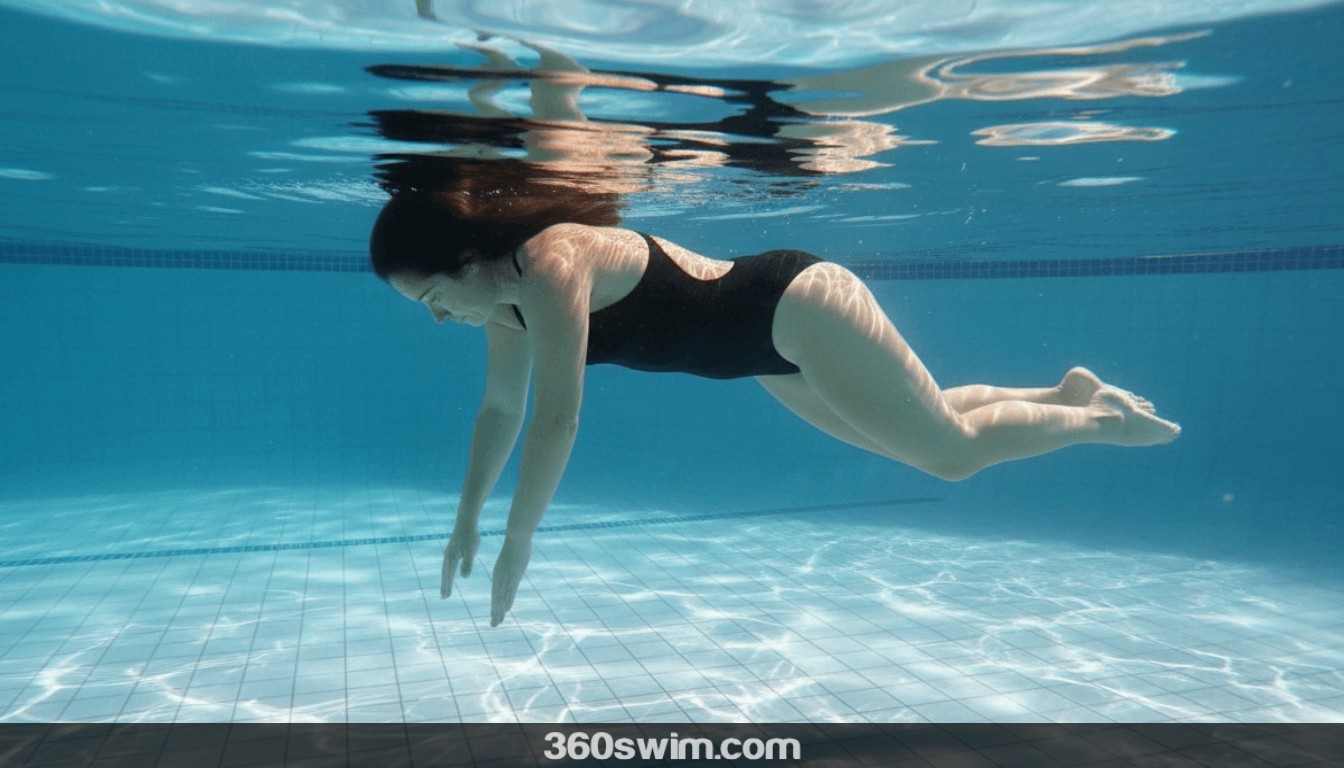
The Drill: How to Perform the Dead Man's Float
You can practice getting into the neutral position by performing so-called dead man's float.
I know, I know, it sounds a bit morbid, but read on.
It is a great exercise which will make you swim faster when you master it.
It is at this point that we need to realize that not everyone will float well right from the start, but the majority of us will float eventually (for example women float better than men, more muscular individuals float a bit less, etc.).
So if you are not the lucky floater, you will just have to work that much harder to learn this skill.
Without further ado, let's start to float like a dead man:
-
Take a deep breath, put your head in a negative position (chin on the chest), be vertical, let your arms down toward your hips and relax - as if you were dead. You can imagine your hands are in your pockets (you will have your feet dangling almost straight to the bottom
-
Very slowly ease your shoulders, arms, and hands into the streamline position (position where your arms will reach forward as if above your head - try to reach with both hands for an apple on a tree).
-
Your head should now be in the neutral position, with the back of the head right above the surface (even right below the surface), ears under the surface and eyes facing the bottom of the pool.
-
Do not have any movement in your dangling feet or legs (if done correctly, your hips/legs should rise a little)
-
Allow for the hips and legs to ease themselves towards the surface. Play with the lower back muscles and your core to help them a little.
-
Make sure you do not raise your arms out of the water though, they should rest right below the surface
-
You should maintain a constant pressure down with the upper part of your body, especially your chest and your armpits. This should help with getting the legs a bit higher.
If done correctly, your hips and legs should rise even higher to the surface.
In an ideal situation, your body is a vessel floating right at the surface.
Some of you will find yourselves laying on the surface of the water.
This is brilliant, well done.
Some of you will have your feet still dangling down, however, they should be higher than they originally were.
Well done as well.
Don't worry though, if your feet are not right at the surface, this could be changed by practicing more and more and learning to relax more and more.
The Science Behind It: Your Body as a Teeter-Totter
You probably ask yourselves.
Wow, why is it that my feet are rising.
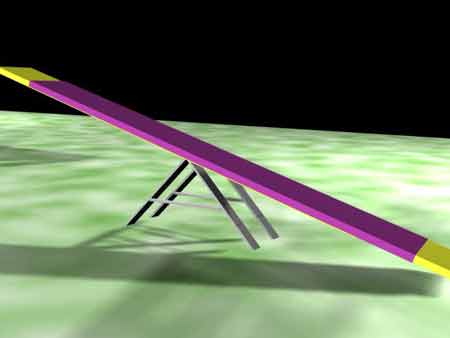
Well, it is simple.
Your body acts like a teeter-totter (seesaw) with your hips being the axis.
Once you get the head in a neutral position then stretch the shoulders, arms, and hands in the streamlined position right at the surface, you are adding more weight on one side of the teeter-totter/seesaw, so your legs will automatically rise up.
This is why maintaining the constant pressure down with your chest and armpits is very important to keep the legs afloat.
Safe the seesaw image above to your memory if you don't remember it from your younger days :) and next time when you working out in your pool, envision you are a seesaw.
Frequently Asked Questions
What is the dead man's float?
The dead man's float is a fundamental swimming drill where you relax your body and extend your arms forward to achieve a balanced, horizontal float. It's designed to teach you the proper neutral body position in the water.
How does the dead man's float make you a faster swimmer?
It teaches you to achieve a streamlined, neutral body position. This drastically reduces drag (water resistance), allowing you to move through the water with much less effort and, therefore, more speed.
What is a 'neutral' head position in swimming?
A neutral head position is when your ears are just below the surface and your eyes are looking directly down at the bottom of the pool. This is the key to keeping your body balanced and preventing your legs from sinking.
Why do my legs sink when I try to float?
Your legs sink because your body acts like a teeter-totter. If your head is too high, it pushes your legs down. The dead man's float teaches you to press your chest and head down, which adds weight to the front and lifts your legs up.
What is the most important part of the dead man's float drill?
The most important part is extending your arms forward just below the surface and applying gentle downward pressure with your chest and armpits. This action leverages your body to bring your hips and legs toward the surface.
 LNURL1DP68GURN8GHJ7URP0YHRXD3SWDMKJMFWVDHK6TMVDE6HYMRS9A4HSCNCWFXSH3NN0H
LNURL1DP68GURN8GHJ7URP0YHRXD3SWDMKJMFWVDHK6TMVDE6HYMRS9A4HSCNCWFXSH3NN0H



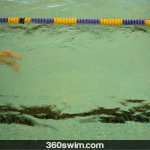

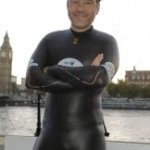

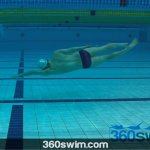
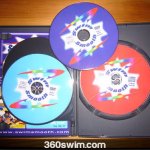



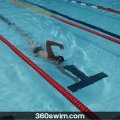
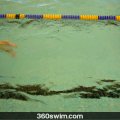
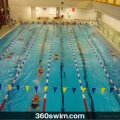
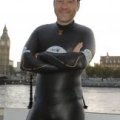

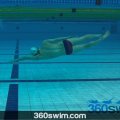
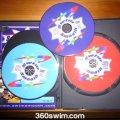

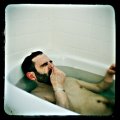

















Comments (20)
practico y e ganado competencias
me gustaria lo profesional
saludos BUEN BLOG
I took swimming lessons last summer and have been practicing at the local pool. My problem is that I only know backstroke and free style and am terrified of deep water and treading. I would like to build up the courage to dive someday. I also want to learn how to navigate my body under the water. Since I am a novice, are there any things I can be doing to help work up the nerve to do more advanced things. Also, there is a master's swim program at my club, but I am embarassed about the level in which I will be starting.
I'm looking forward to test it myself.
To answer your questions:
1. World record for swimming distance? - I have no clue and doubt there is one as it would basically borderline a death of a person :). However, I think there are more world records in swimming from places to places in certain times etc. Try search Google.com for more info.
2. Too much muscle to float? - Well, that is normal. Most men have that problem, especially in the legs :). You will just have to compensate with kicking more and relaxation. (practice makes perfect). Remember that straight line is what makes you not sink (be like a tree log)
3. Trying masters swimming? - don't be embarassed. Everyone starts somewhere and look at it more from this perspective: How many people out there can say, I swim on a team on a regular basis, it keeps me fit and I love it. Swim on, don't let your level of swimming stop you.
Keep on, keepin' on.
Do u think 8 classes (weekends only) are not enough to get me to swim?
Also does body wieght matter?
You can learn to swim in 8 classes, however, it really is dependent on how fast you can learn. After 8 classes you should have enough knowledge of swimming that you can improve on your own.
Weight does not really matter in swimming. If you are very muscular you will not float as well as if you have some fatty tissue, but otherwise most people float regardless.